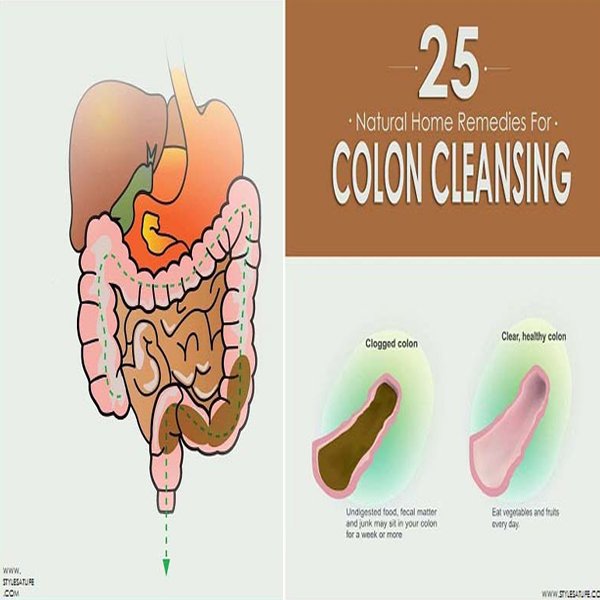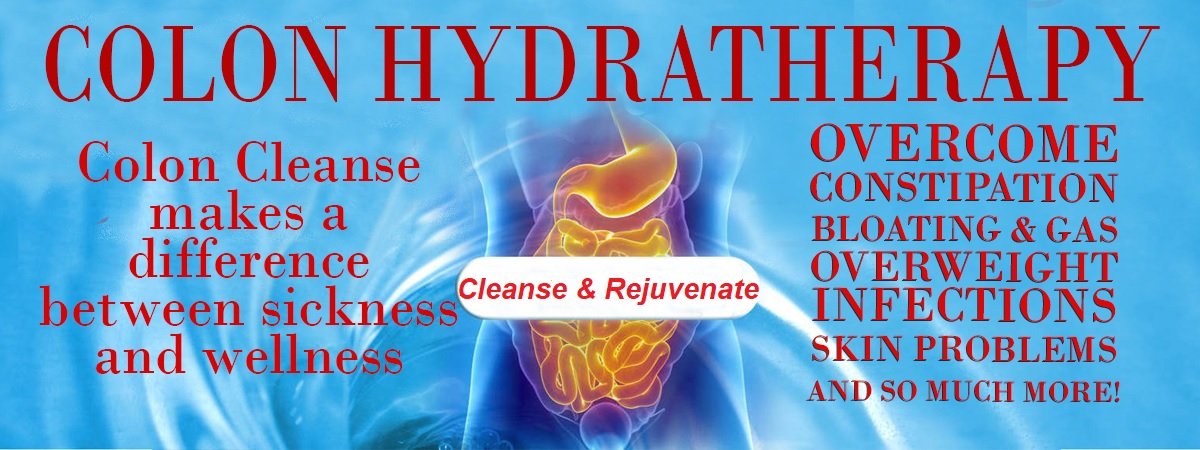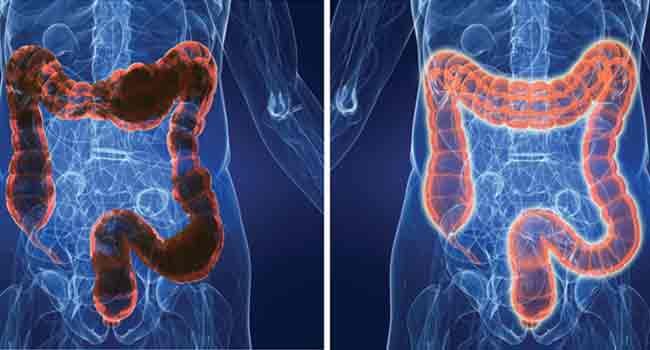Colon Hydrotherapy Device Manufacturer
BLOG
BLOG
After a colonic hydrotherapy, you may experience increased bowel movements, flatulence, and mild cramping. It is also normal to notice some discharge of waste for a few hours after the treatment.
There are several benefits of colon cleansing, including improved digestion, reduced bloating and gas, better absorption of nutrients, enhanced immune function, and weight loss. It also helps in preventing colon cancer and other digestive disorders.
The best way to cleanse your colon is through colon hydrotherapy, which is a safe and effective treatment for removing toxins and waste from the colon. You can also support your colon by eating a healthy diet, exercising regularly, and staying hydrated.
To detox your stomach, you should eat a balanced diet that includes fresh fruits and vegetables, lean protein, and healthy fats. You can also incorporate probiotics, digestive enzymes, and herbal supplements to support your digestive system.
Colonic cleansing is a process of removing toxic waste from the colon through colon hydrotherapy. It helps relieve constipation, gas, bloating, and other digestive issues.
A clean colon is essential for a healthy digestive system. To have a clean colon, you should consume a diet rich in fiber, drink plenty of water, exercise regularly, and avoid processed foods. You can also consider colon hydrotherapy for deep cleansing.
Colon hydrotherapy, also known as colonic irrigation, is a method of cleansing the colon using water and gentle pressure. During a colonic, a therapist inserts a small tube into the rectum and allows warm, filtered water to enter the colon. The water then stimulates the colon to release waste and toxins, which are flushed out of the body through the …
Colon hydrotherapy is generally considered safe when performed by a trained professional. However, there is a risk of complications, such as perforation of the colon, if proper hygiene and technique are not followed. It is important to choose a reputable clinic or therapist who uses sterile equipment and follows proper safety procedures.








